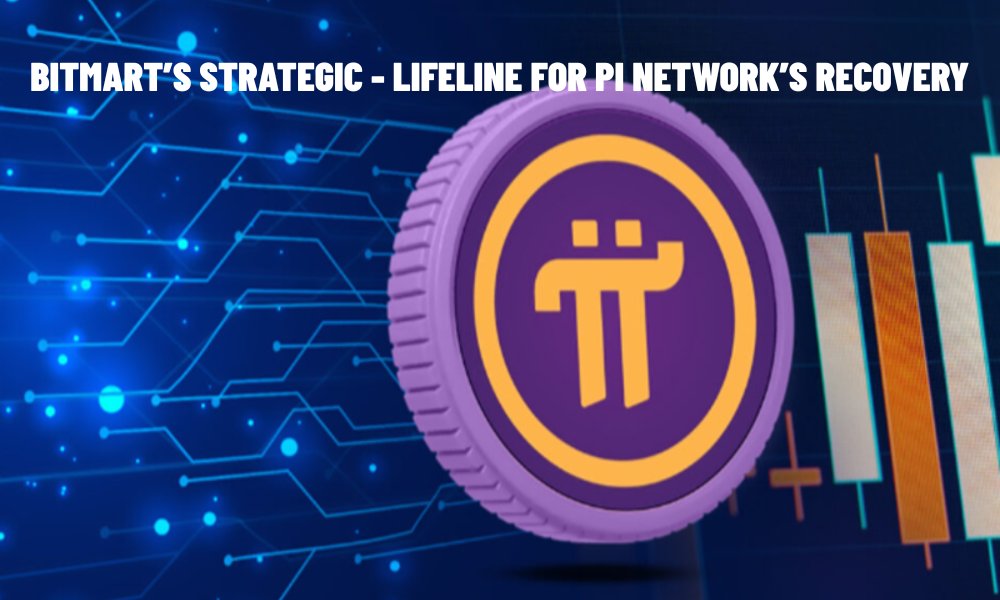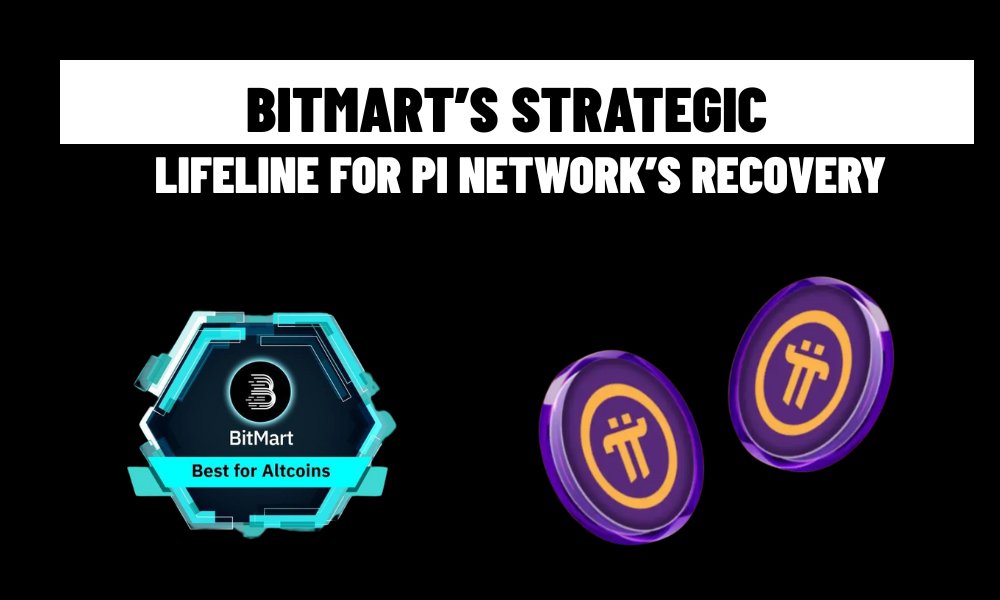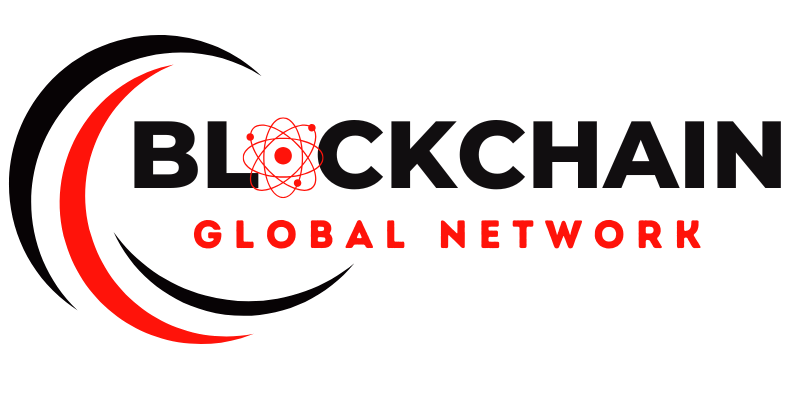Pi Network, reeling from an 80% price plunge from its $3 peak, gains a critical boost as BitMart resumes trading after a month-long hiatus. This article delves into how BitMart’s decision could fuel Pi’s recovery, the obstacles it faces, and essential insights for investors navigating this turbulent crypto landscape.
The Fall and Rise of Pi Network
Since its launch in 2019, Pi Network has captivated millions with its promise of accessible cryptocurrency mining through smartphones, amassing a global community of “Pioneers.” However, the project’s Open Network debut in February 2025 marked the start of a challenging period. Pi’s price, which briefly soared to $3, has since plummeted nearly 80%, recently hovering around $0.63. This decline, coupled with skepticism over the project’s transparency and delays in ecosystem development, has tested the resilience of its supporters. Community sentiment, as reflected in a 90% drop in CoinMarketCap’s score in March 2025, underscores concerns about bot-driven manipulation and operational opacity.
Amid this backdrop, BitMart’s decision to resume Pi trading on April 28, 2025, after a month-long suspension, offers a glimmer of hope. The exchange, a top-tier platform with a daily trading volume exceeding $1.7 billion, had paused Pi transactions to comply with Know Your Business (KYB) requirements, a regulatory step to verify the legitimacy of crypto-related businesses. The reinstatement of trading signals progress toward KYB approval for Pi’s core team, a development that could restore investor confidence and enhance liquidity in a market starved for positive momentum.

BitMart’s Role in Pi’s Potential Turnaround
BitMart, registered in the Cayman Islands and licensed as a Money Services Business by the U.S. Financial Crimes Enforcement Network (FinCEN), wields significant influence in the crypto space. Its decision to reinstate Pi trading is more than a procedural update; it’s a strategic move that could reshape Pi’s trajectory. With a multilingual platform, including Vietnamese, BitMart caters to Pi’s strong user bases in Vietnam, China, and South Korea, where millions of nodes drive the network’s growth. Posts on X highlight excitement within the Pioneer community, with many viewing BitMart’s action as a catalyst for renewed adoption and price stabilization.
The exchange’s global reach and robust infrastructure, powered by Google Cloud, position it to drive substantial trading volume for Pi. Recent campaigns, such as BitMart’s distribution of 10,000 USDT in tokens, demonstrate its ability to incentivize participation and boost visibility. For Pi, this exposure is critical. The project has struggled with limited fiat on-ramps since Banxa, a key fiat-to-crypto provider, paused Pi transactions for KYB compliance. BitMart’s resumption of trading could bridge this gap, enabling easier access for new investors and encouraging existing holders to re-engage, potentially pushing Pi’s price toward the $1.50 resistance level—a key indicator of bullish momentum.
Challenges Hindering Pi’s Recovery
Despite BitMart’s support, Pi Network faces formidable hurdles. Critics have long questioned the project’s technical foundation, pointing to its closed blockchain and lack of a verifiable whitepaper. Unlike transparent, open-source cryptocurrencies like Bitcoin or Ethereum, Pi’s ecosystem operates with limited public insight, fueling comparisons to multi-level marketing models. A 2023 warning from Vietnam’s Cybersecurity and High-Tech Crime Prevention Department cautioned against risks of data privacy breaches and unregulated transactions, a concern that persists as Pi seeks mainstream adoption.
Market dynamics further complicate Pi’s path. The absence of listings on major exchanges like Binance, despite persistent rumors, restricts liquidity and investor access. Technical indicators paint a cautious picture: Pi’s Relative Strength Index (RSI) at 52.67 suggests neutral momentum, while a weak MACD crossover hints at a gradual recovery rather than a sharp rebound. Additionally, the project’s reliance on community-driven growth, while a strength, has drawn scrutiny for potential manipulation, as evidenced by fluctuating sentiment scores.

Opportunities and Real-World Progress
Pi Network is not without promise. Its vision of a decentralized digital economy is gaining traction, particularly in regions like China, where restaurants and retail stores have begun accepting Pi for transactions. Recent integrations with Chainlink to enable smart contract functionality and the launch of .pi domain names signal efforts to build a robust ecosystem. These developments, if executed effectively, could enhance Pi’s utility and appeal, positioning it as more than a speculative asset.
BitMart’s involvement amplifies these opportunities. The exchange’s secure platform and global user base provide a stage for Pi to showcase its potential. If Pi’s core team secures KYB approval and delivers on promised features, such as enhanced wallet functionality and developer tools, the project could regain momentum. Analysts suggest that sustained trading above $1.50 could pave the way for a climb toward $2, a psychological threshold that would bolster community confidence.
Navigating the Risks: Advice for Investors
For investors, BitMart’s move is a call to action, but caution is paramount. The crypto market’s volatility, coupled with Pi’s unique challenges, demands rigorous due diligence. The recent $HCC scam, which exploited a UK minister’s X account, serves as a stark reminder of the risks in this space. To engage safely, investors should verify official Pi and BitMart channels, secure their accounts with two-factor authentication, and monitor updates from the Pi Core Team. Exploring Pi’s whitepaper, tracking ecosystem milestones, and assessing community sentiment on platforms like CoinMarketCap can provide valuable insights.
The road to recovery for Pi Network is uncertain, but BitMart’s strategic support offers a foundation for progress. By addressing transparency concerns, expanding real-world utility, and leveraging BitMart’s platform, Pi could reclaim its position as a transformative force in crypto. Investors and Pioneers must remain vigilant, research thoroughly, and seize this opportunity to engage with a project that, despite its setbacks, continues to inspire millions with its vision of financial inclusion.

RELATED POSTS
Role of Blockchain Security Audits: Your Crypto Safe Haven?
Enhance Blockchain Security with Audits....
Top Blockchain Auditing Firms: Uncovering the Industry’s Trust Anchors
Discover the expertise of leading...
Your Ultimate Crypto Airdrop Eligibility Guide
The world of cryptocurrency offers...
U2U Super App: A Central Hub for Asset Management, Privacy, and Blockchain Interactions
The U2U Super App is...
Smart Alaya AI Blockchain Technology – The future of the world
Curious about the game-changing potential...
What is ETH Analysis? Trends, Predictions, and What’s Next for Ethereum
Ever wondered what makes Ethereum...
Overview of Andrew Tate’s crypto wallet
Uncover the secrets of Andrew...
Gradient Network Airdrop – How to Earn Points and Receive Rewards
Are you ready to dive...
Bitlayer Airdrop and the opportunity to earn token exchange points
The Bitlayer Airdrop is not...
What is Consensus? Consensus Mechanisms in Blockchain
In the world of cryptocurrency,...
What is a bull trap? Signs and Strategies to Protect Your Investments
What is a bull trap?...
Unraveling the Mystery: Cryptocurrency vs. Blockchain Demystified
Understanding the Difference: Cryptocurrency vs....
What is Data Tokenization? – The Key to Secure Data Management
What is Data Tokenization? This...
Your essential guide to crypto conference events 2025
As the blockchain space matures,...
Easily Join the TENEO Airdrop with This Step-by-Step Guide
The TENEO Airdrop is a...
Messari Crypto: A powerful tool for investors
In the world of cryptocurrency,...